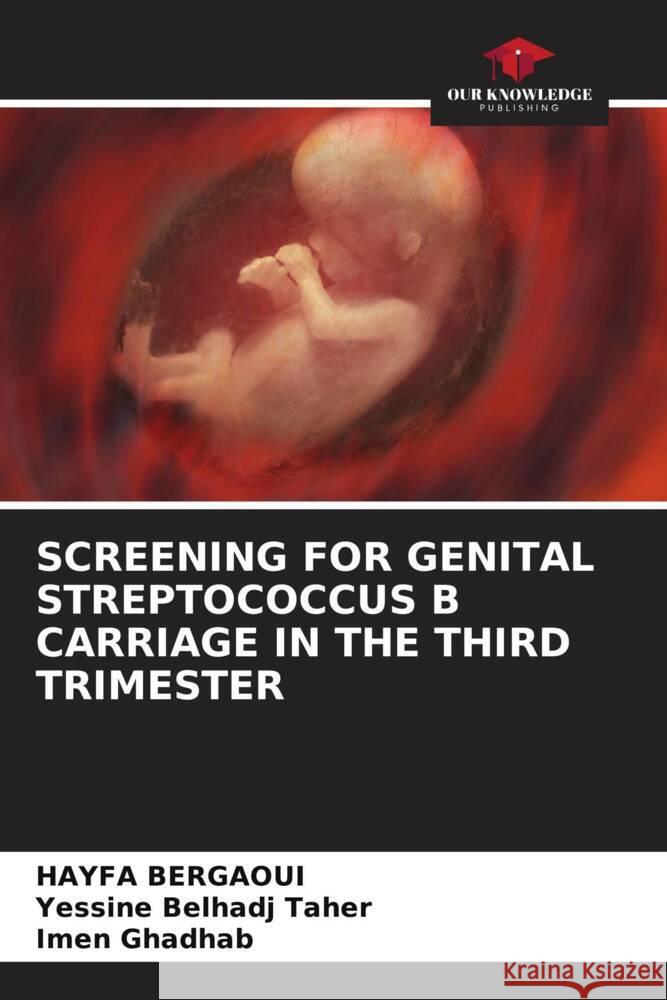SCREENING FOR GENITAL STREPTOCOCCUS B CARRIAGE IN THE THIRD TRIMESTER » książka
SCREENING FOR GENITAL STREPTOCOCCUS B CARRIAGE IN THE THIRD TRIMESTER
ISBN-13: 9786208229948 / Angielski / Miękka / 2024 / 64 str.
The last trimester of pregnancy is a period of high rates of genital carriage of germs at risk of maternal and neonatal infection. GBS is the most frequent germ. The objectives were to determine the prevalence and main risk factors for vaginal carriage of streptococcus B in the third trimester of pregnancy, and to establish a strategy for screening for streptococcus B. We also set out the diagnostic and therapeutic means available to detect and treat streptococcus B.A cross-sectional study was carried out at the Monastir maternity hospital, including 330 pregnant women in their third trimester, who were screened from the age of 34 weeks' gestation onwards, and women carrying streptococcus B were given appropriate antibiotic prophylaxis on going into labour. The carriage rate was 8.8%, and was significantly associated with a history of diabetes and living in a rural area. Training and support for healthcare teams in implementing screening protocols and multidisciplinary neonatal management are essential to their success and effectiveness.











